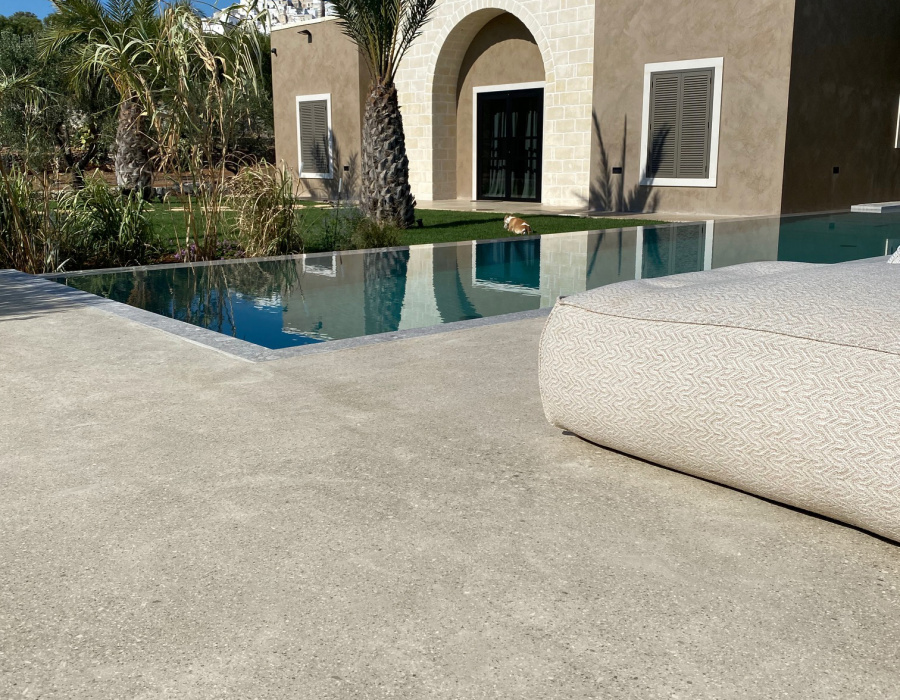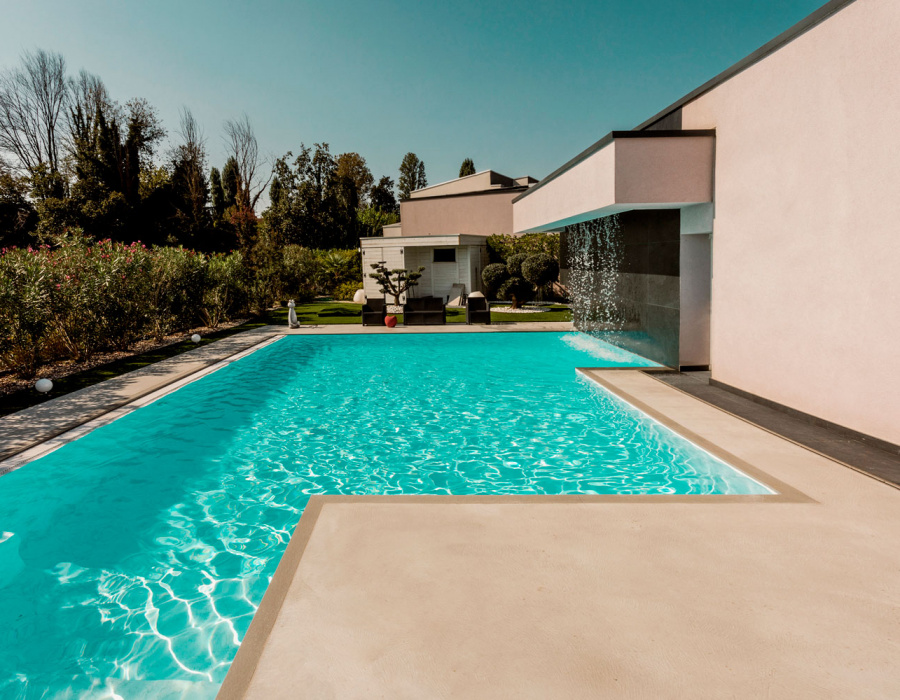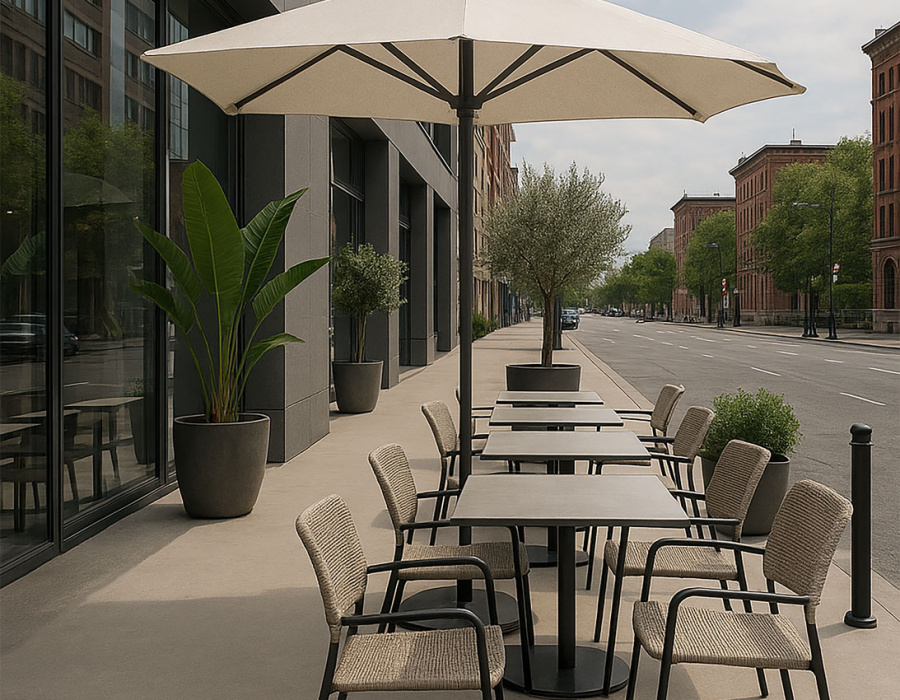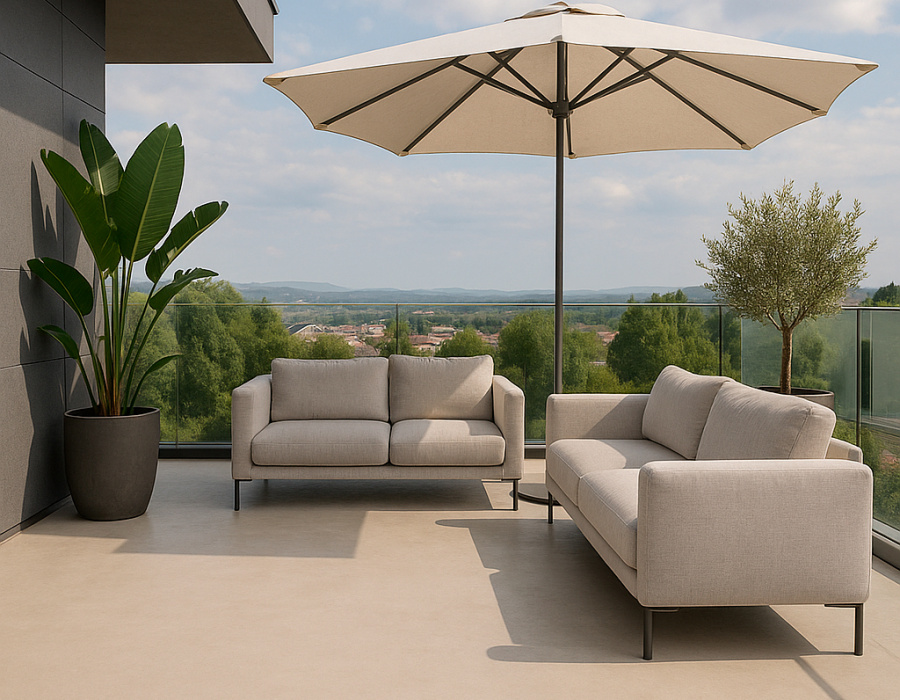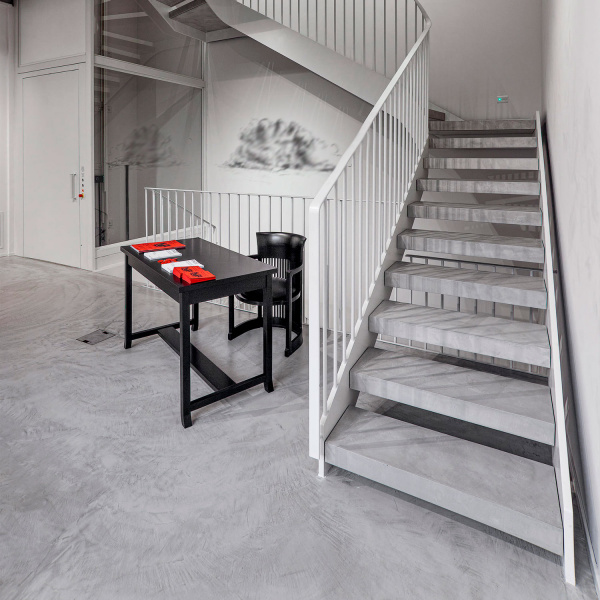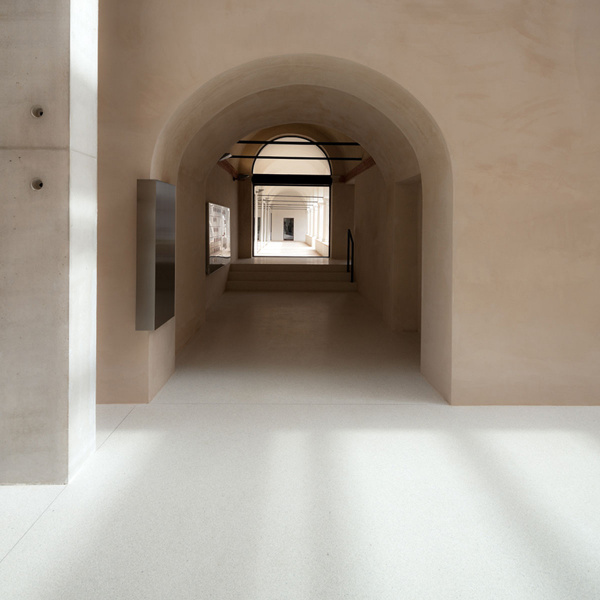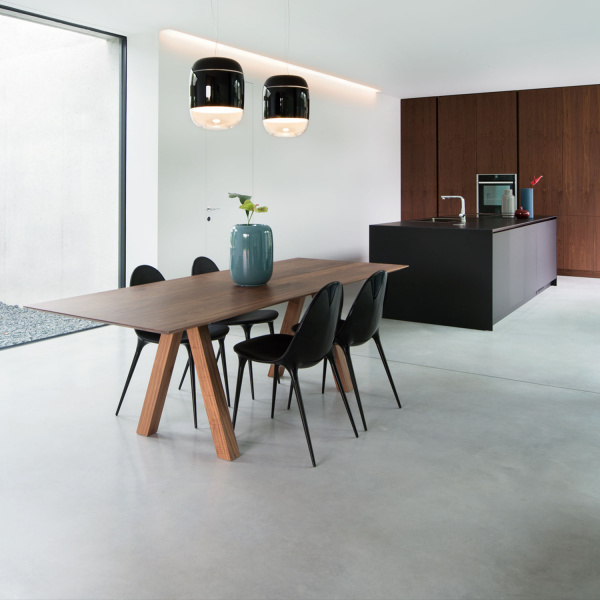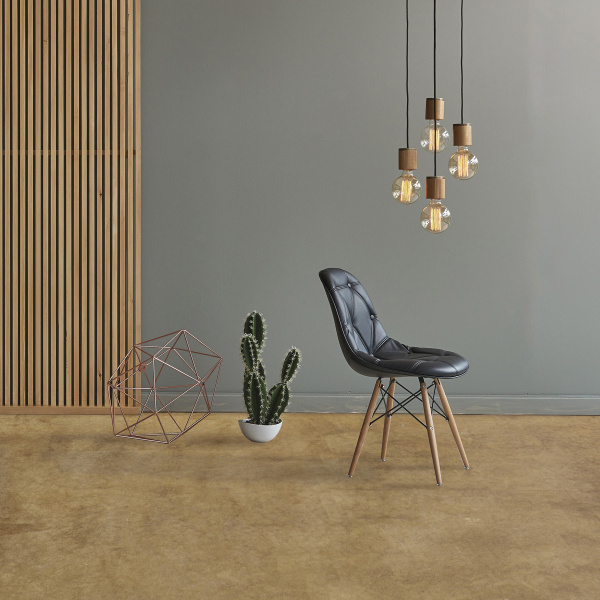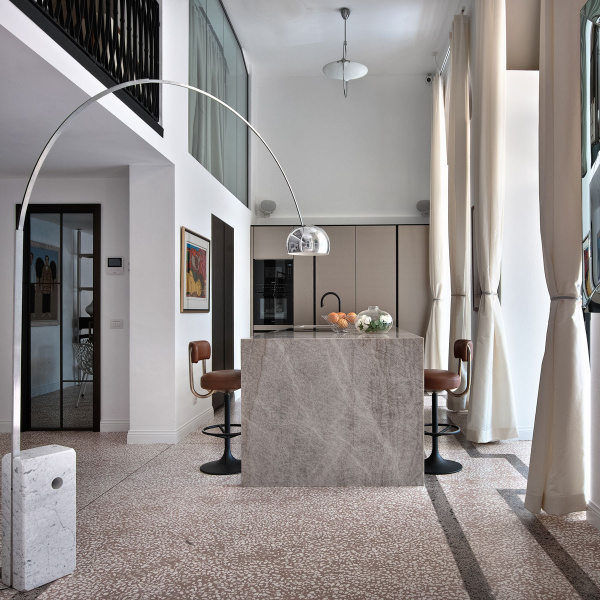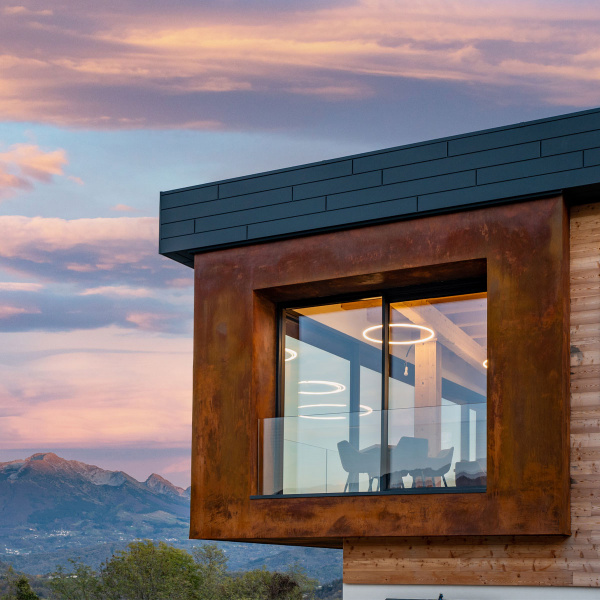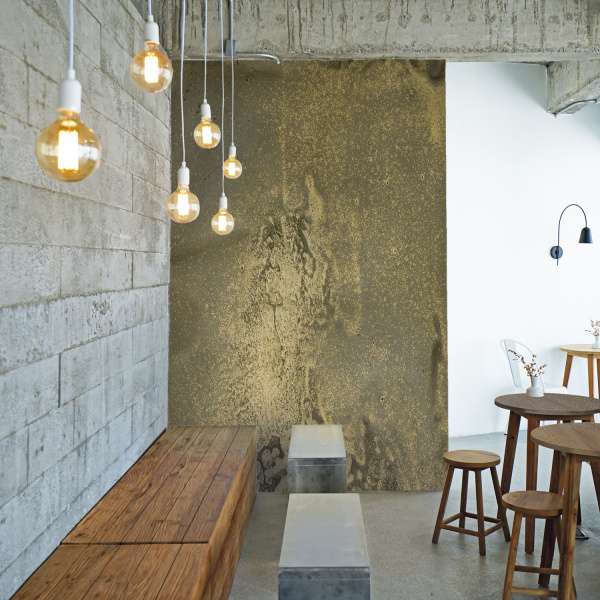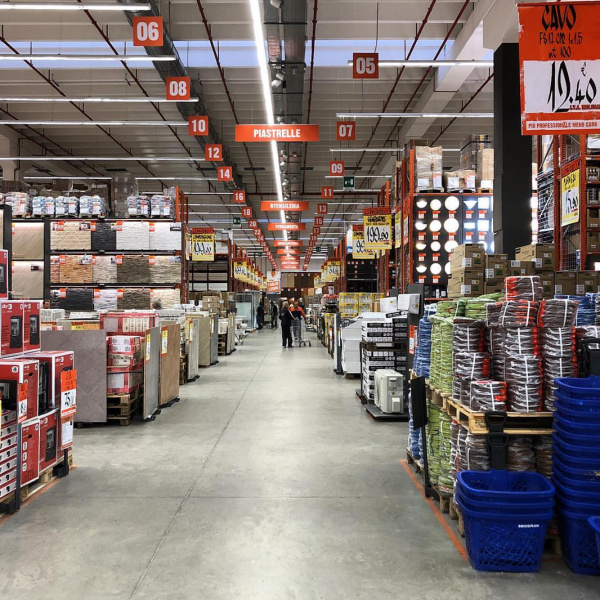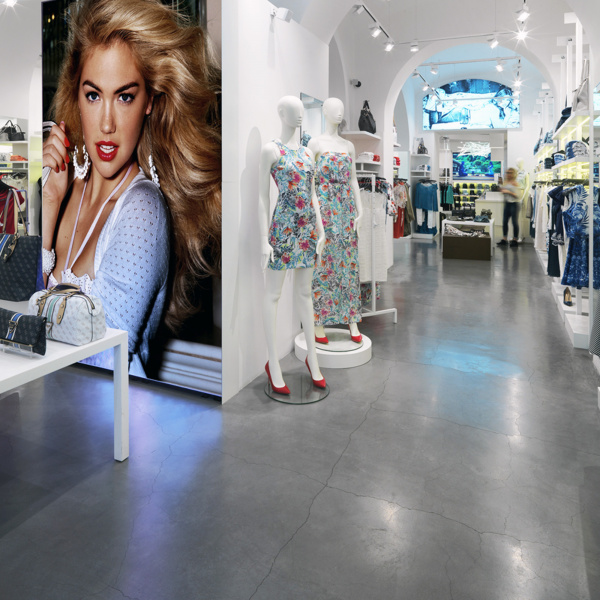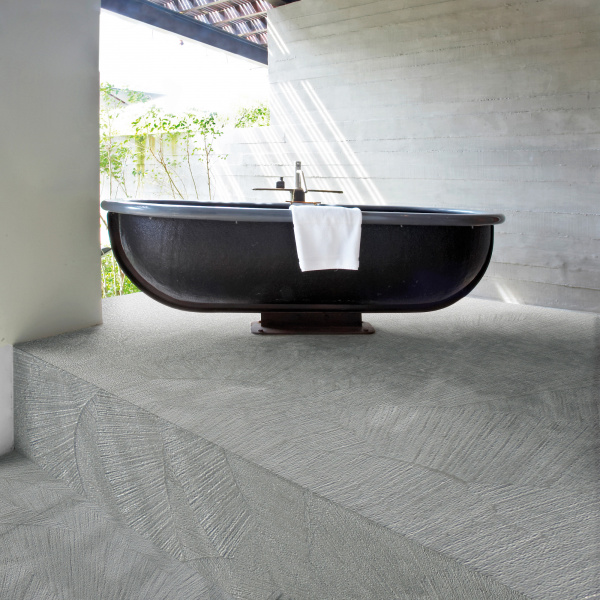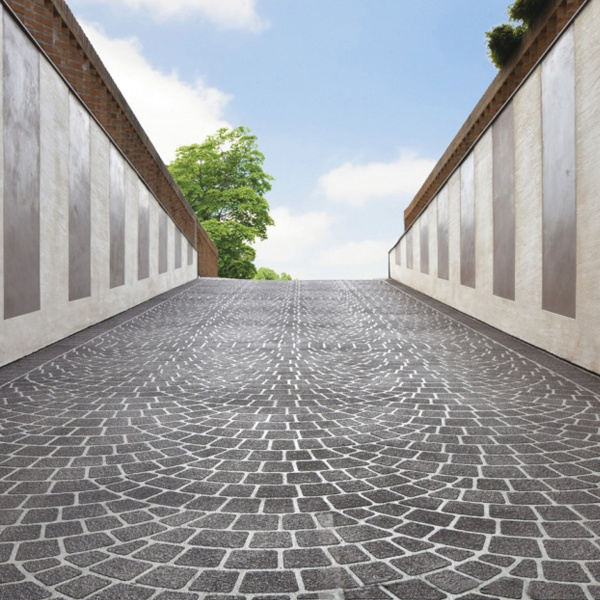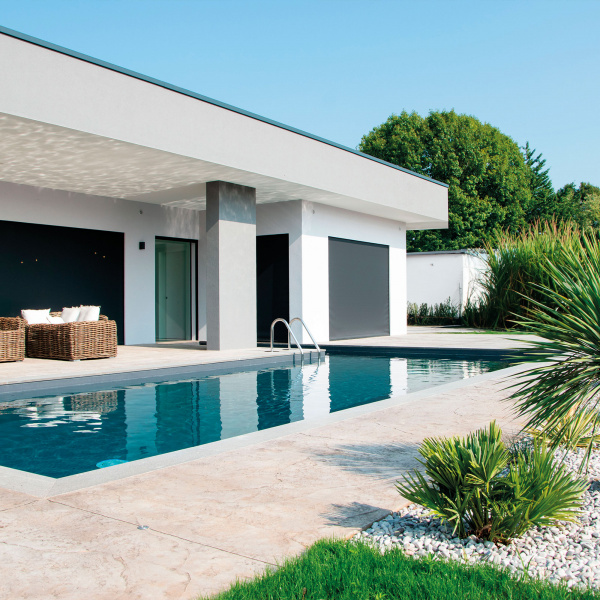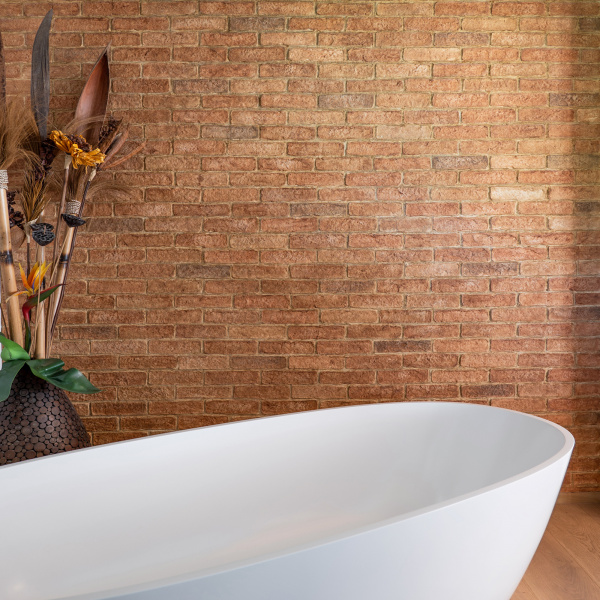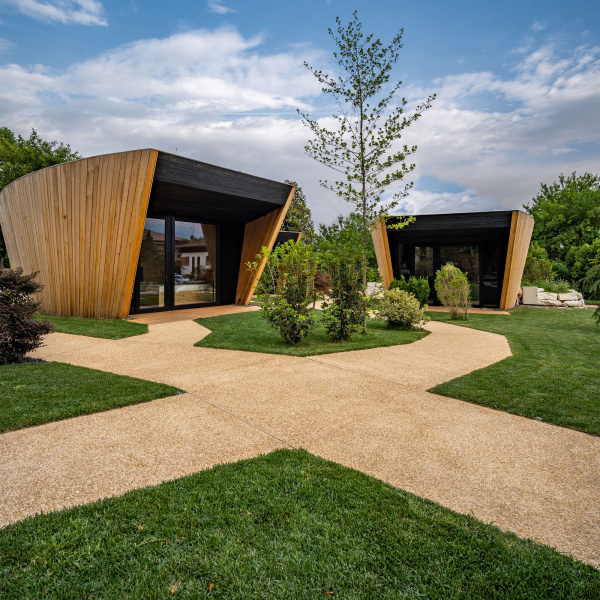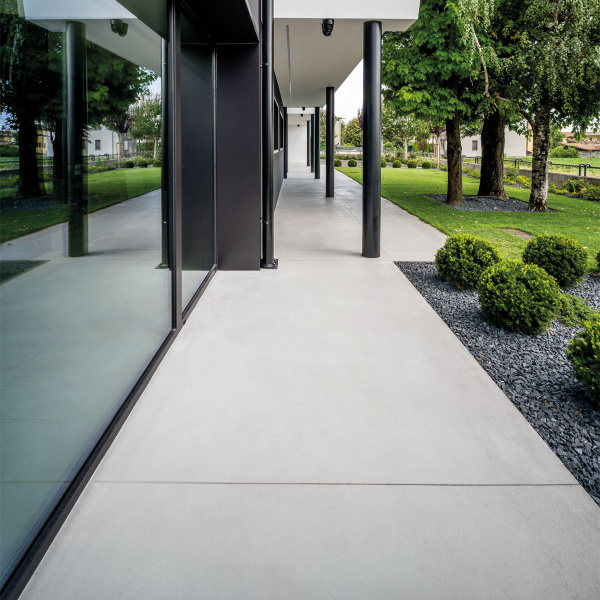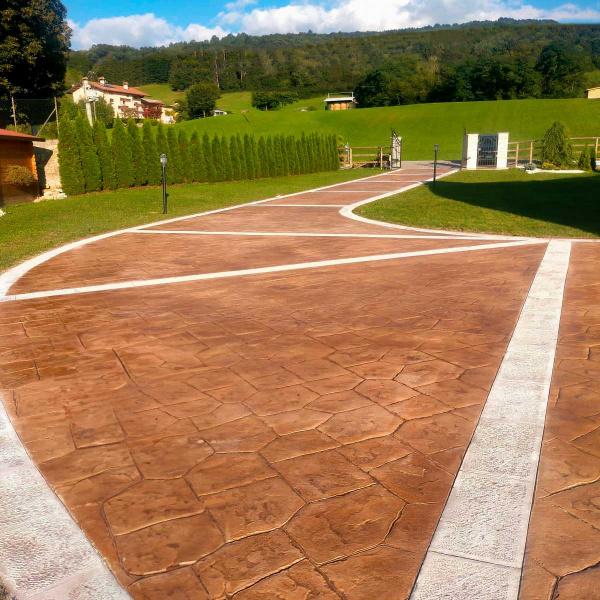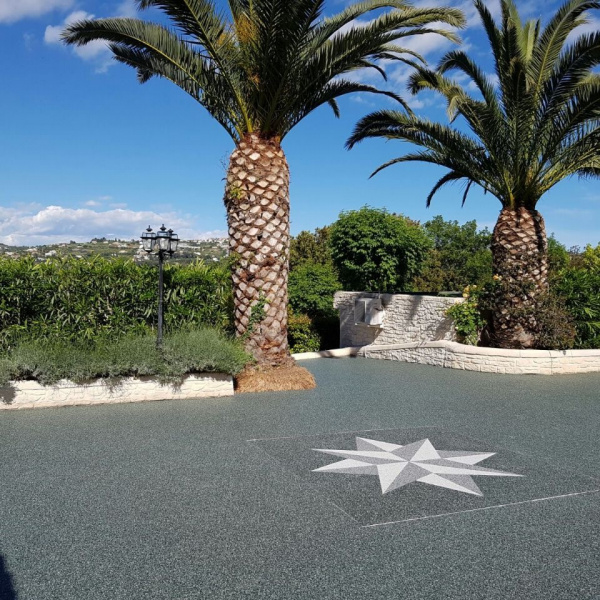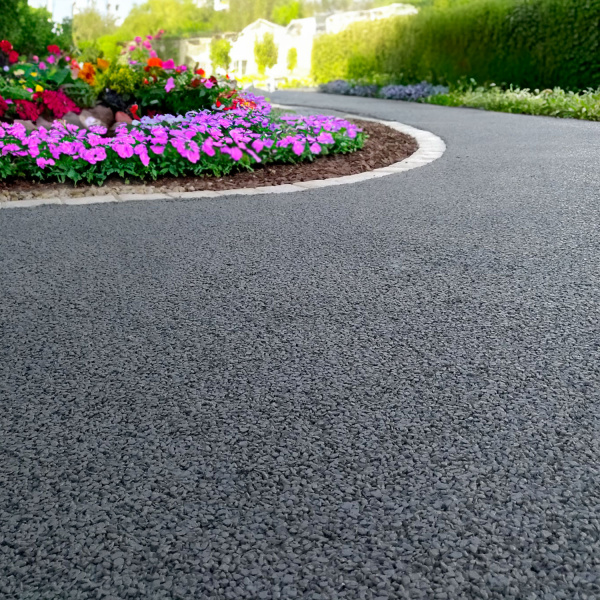Mitigating the urban microclimate is now more necessary than ever: Isoplam’s low-thickness continuous surfaces, thanks to excellent solar reflectance values and the ability to respond rapidly to temperature changes, can positively impact the thermal balance of homes and cities, helping create cooler and more livable environments.
The phenomenon of urban heat islands (UHI) is one of the most pressing environmental issues in modern metropolitan areas. Triggered by the replacement of natural ground with impermeable, high thermal inertia surfaces — such as asphalt and traditional dark-colored building coverings — UHI causes a significant increase in surface and ambient temperatures, negatively affecting health, comfort, and energy consumption.
Numerous studies* show that in densely built areas, temperatures can rise several degrees Celsius above those in suburban zones, resulting in widespread thermal stress and increased energy demand for air conditioning. The role of construction materials in this context is crucial: their capacity to absorb, store, and release heat significantly influences a city's thermal balance.
*Studies by the Environmental Protection Agency report that the urban heat island effect can increase city temperatures by 1–3 °C during the day and 1.1–2.8 °C at night in densely developed areas.
Thermally responsible urban planning
From a perspective of sustainable design and climate adaptation, using surfaces with high solar reflectance, low thermal accumulation, and good breathability emerges as a key measure to mitigate the urban microclimate. The concept of thermally responsible urbanism calls for careful selection of surface materials — not only for aesthetic or functional purposes but also in terms of energy balance and environmental impact.
Isoplam plays an active role in this approach, investing in R&D to create low-thickness solutions with excellent performance in solar reflectance — with a Solar Reflectance Index (SRI) > 49 — as well as drainage capacity, durability, and seamless design integration. The goal is to provide architects and urban planners with practical tools for urban regeneration and sustainable development, without compromising architectural design.
All Isoplam’s low-thickness systems are designed for application on existing substrates as well, making them ideal for renovation projects while reducing environmental and financial impact. Isoplam floors and wall coatings, especially in light color tones with high solar reflectance, feature a Solar Reflectance Index (SRI) > 49, complying with the CAM (Minimum Environmental Criteria) decree of June 23, 2022. The combination of lower surface temperatures, improved water cycle management, and high durability complements their aesthetic appeal and design versatility, making them especially suitable for public spaces, residential areas, pedestrian and cycling paths, terraces, and outdoor commercial zones.
Low-thickness surfaces for cooler homes and cities
Micro Supreme: rapid installation and fast-cooling surfaces
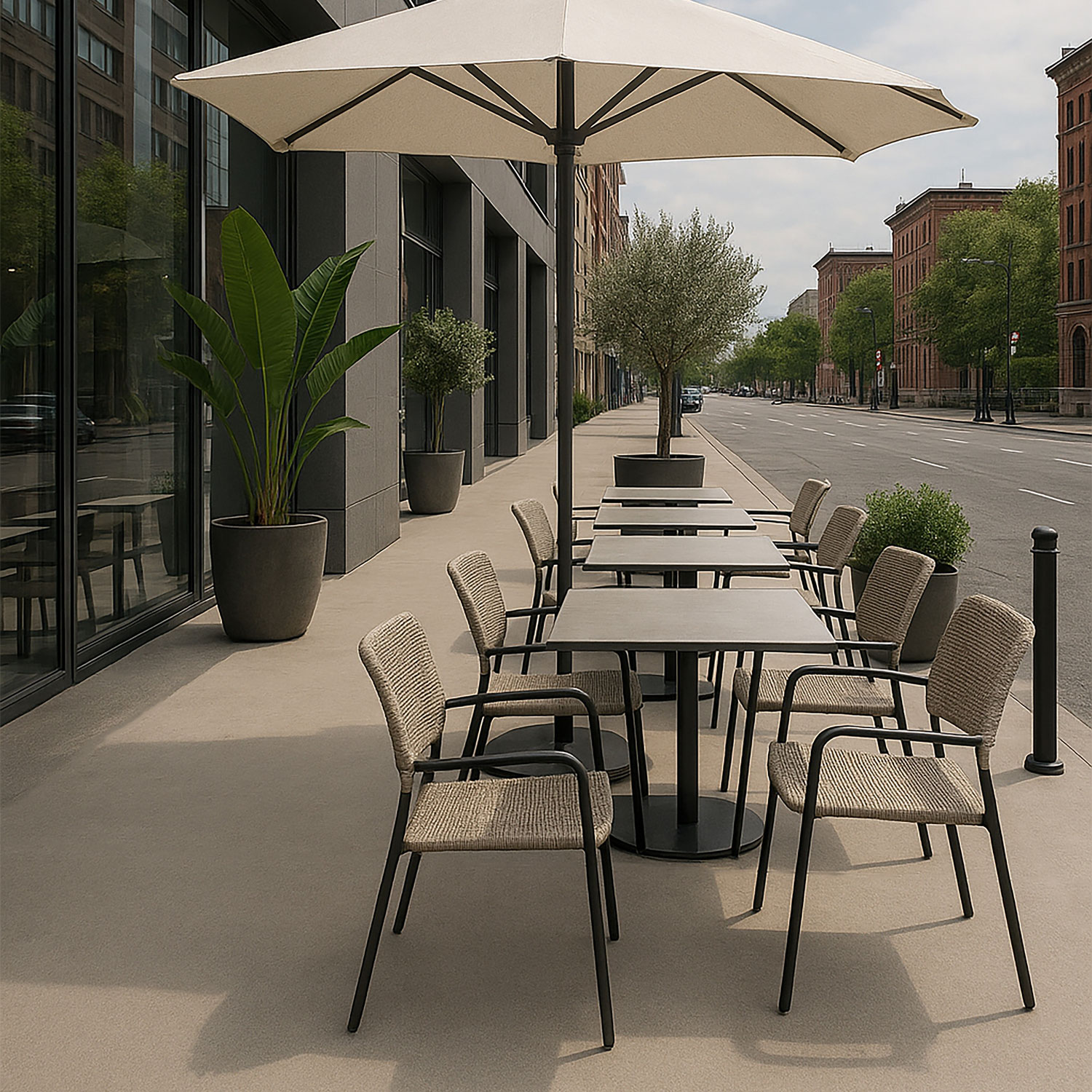
Micro Supreme is Isoplam’s microcement specifically developed to create continuous surfaces just 3 mm thick, with significantly reduced installation times. Its innovative formula combines Microverlay Medium and Microverlay Finish into a single product, streamlining worksite operations and improving productivity. In lighter shades, it boasts a Solar Reflectance Index (SRI) > 49, effectively contributing to urban heat island mitigation thanks to its ability to reflect solar radiation and cool down quickly.
Skygrip: maximum grip, minimal heat retention
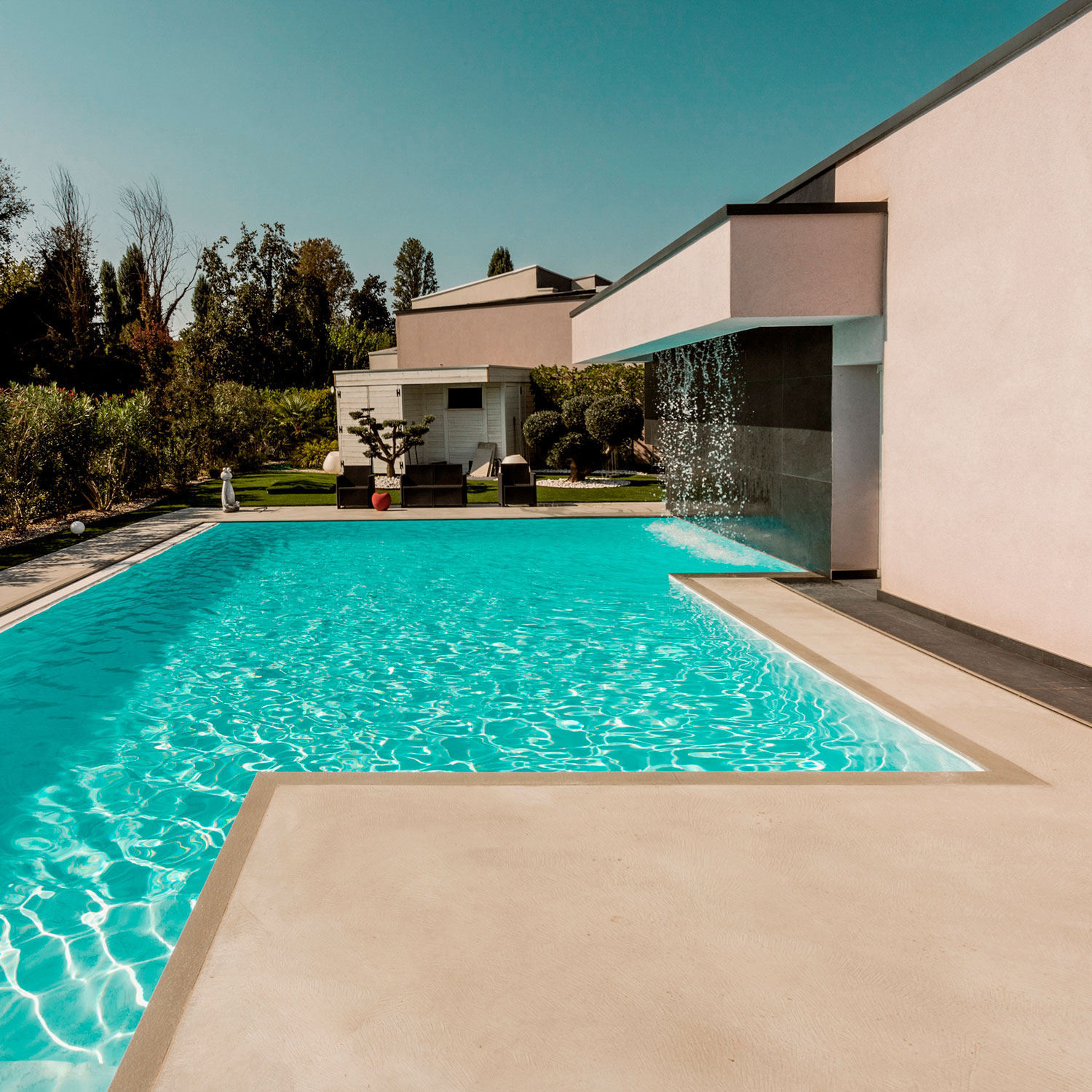
Skygrip is the ideal cement-based solution for high-performance non-slip outdoor flooring. Its textured finish and bold visual impact make it particularly suitable for spaces where aesthetics and safety must coexist. Thanks to its low thermal inertia and SRI > 49, Skygrip minimizes surface heat buildup, ensuring comfortable barefoot walkability — an essential feature for areas constantly exposed to sunlight, such as pool decks or urban terraces.
Pavilux Sablée: decorative finishes that stand up to heat
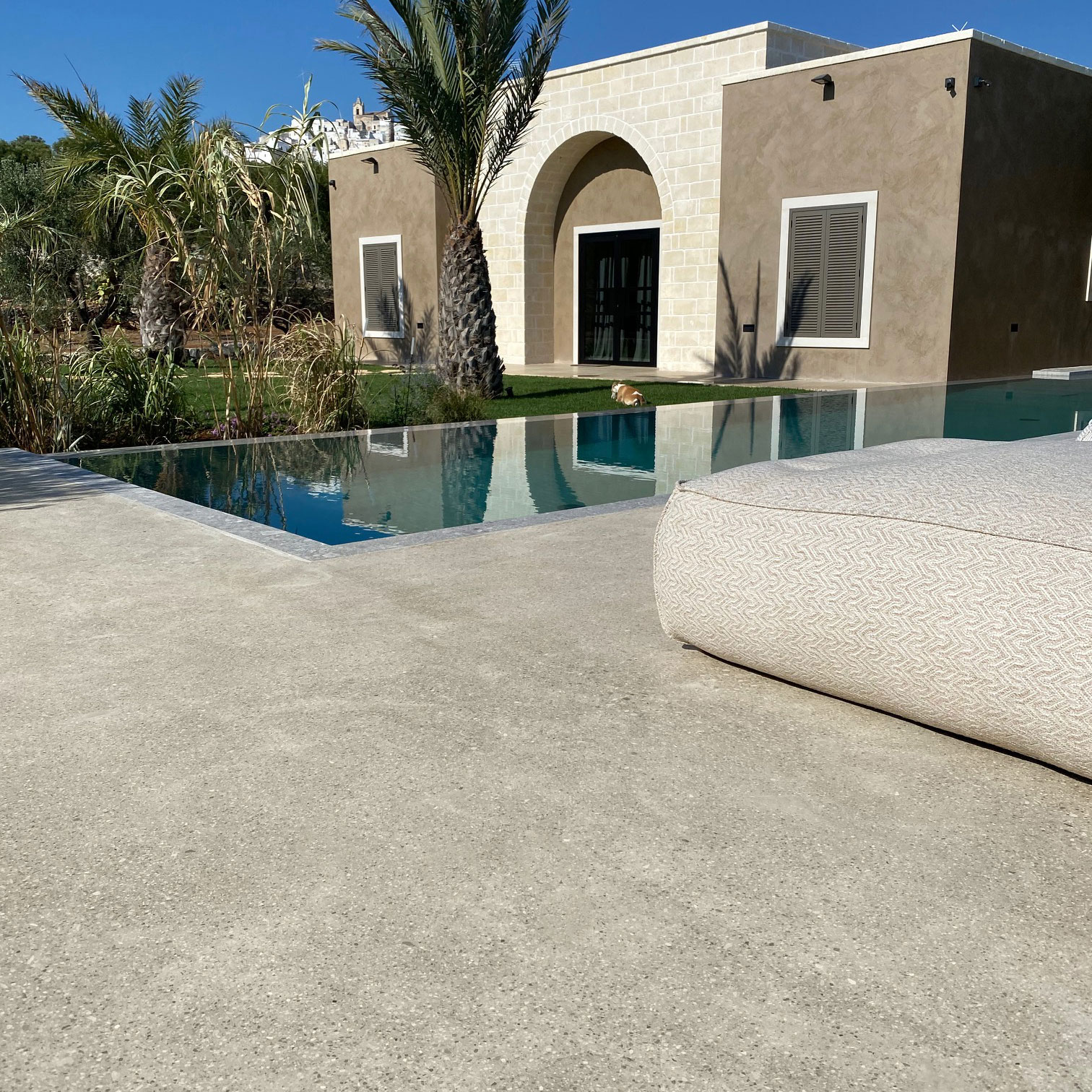
Pavilux Sablée combines contemporary aesthetics with technical resilience in a continuous, low-thickness coating designed for high-traffic environments. With a Solar Reflectance Index (SRI) > 49 and dimensional stability even in extreme temperature fluctuations, it is a strategic choice for reducing surface heat in outdoor spaces subject to heavy use. Ideal for plazas, walkways, and commercial or public areas, it merges thermal efficiency with decorative value.




